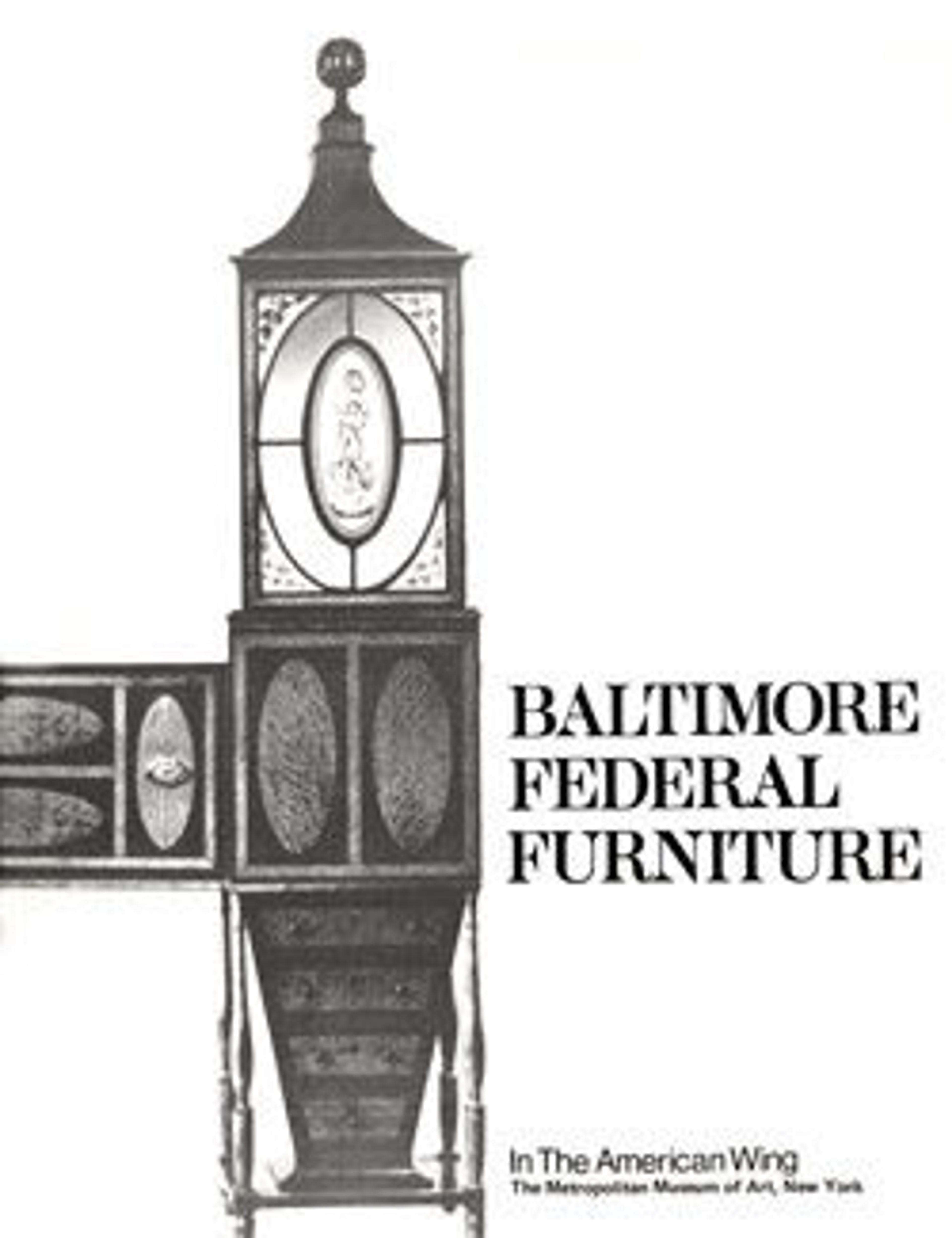
Baltimore Federal Furniture in The American Wing
Following the adoption of the Federal constitution in 1788, the newly united states of America, still basically agricultural, entered upon a period of growth and expansion, and of increasing concern with manufacturing, commerce, and trade. Changes in the craft system reflected a gradually changing society, while new tastes from Europe paralleled the evolving concepts of government and of national destiny. Ideals of Grecian democracy and Roman republicanism were mirrored in neoclassical styles that took hold in architecture and the decorative arts throughout the Union.
Symbol of the Union was the eagle found upon the great seal of the United States, formally adopted by Congress in 1789. With its shield-shaped body, its banner for motto of unity, and its talons clasping on one side thirteen arrows, on the other an olive branch, it was often abstracted and simplified. In small oval paterae or flamboyant large patterns, it was inlaid by early Federal cabinetmakers on the surfaces of desks, tables, and chairs made in the new styles. Each regional inlay, like the center that produced it, had its own character. One of the most important of these centers was a settlement named for the Irish title of the Englishmen who had founded the Maryland colony in the seventeenth century, the Barons Baltimore.